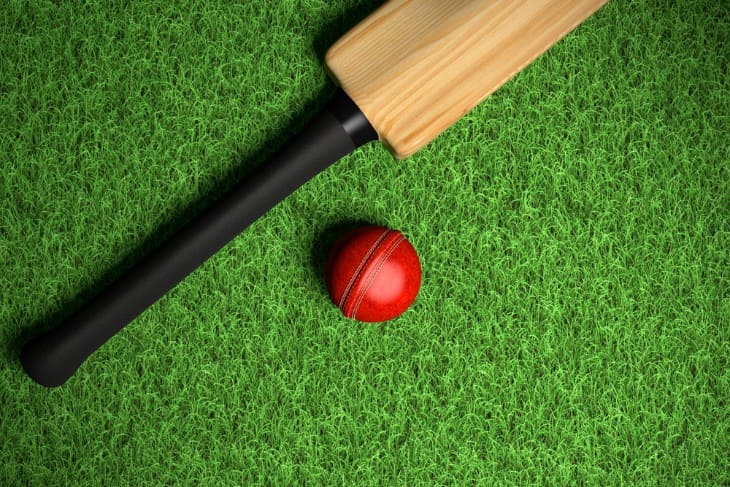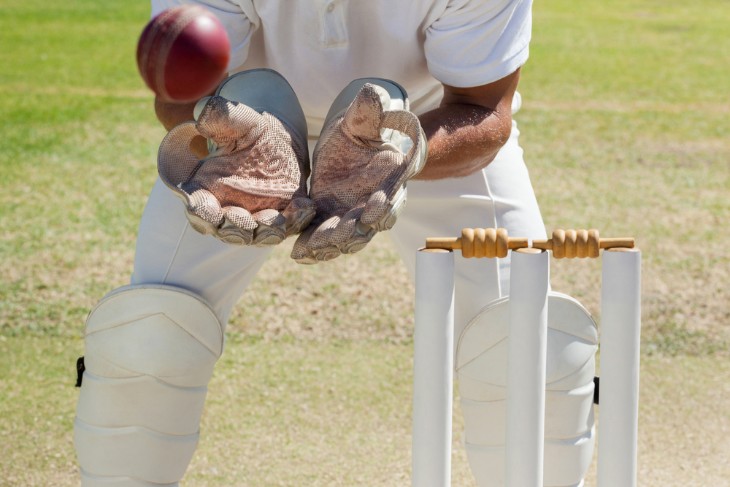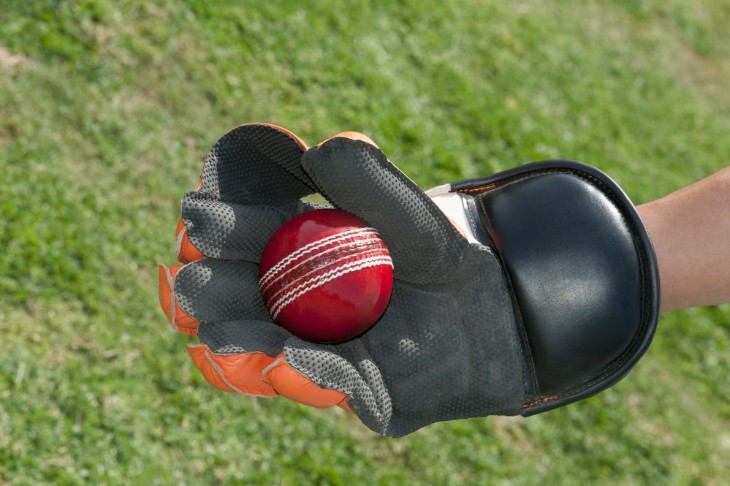- Materials and Manufacturing of Cricket Balls
- Traditional Red Cricket Balls: History and Use
- The Emergence of White Cricket Balls in Limited-Overs Cricket
- Pink Cricket Balls: Innovation for Test Matches Under Lights
- The Physics of Colour and Visibility in Cricket
- Comparing Ball Behaviour: Red, White, and Pink Variants
- Impact of Ball Colour on Player Performance
- Maintenance and Care of Different Coloured Cricket Balls
In the early days of cricket, the ball was typically red, a tradition that dates back to the 18th century. This choice was not merely aesthetic; the red colour offered the best visibility against the typically green backgrounds of cricket fields. It was crucial for both batsmen and fielders to track the ball effectively, especially considering the varying qualities of pitches and lighting conditions of the time.
As cricket evolved, so did the need for different coloured balls. The introduction of day-night matches, for instance, brought about a significant change. Red balls were difficult to spot under artificial lighting, leading to the development of alternative colours better suited for these conditions. This evolution reflects the sport's adaptability and willingness to embrace change for improved playability and spectator experience.
Materials and Manufacturing of Cricket Balls
The production of cricket balls is a meticulous process, combining traditional craftsmanship with modern technology. Here is a breakdown of the key stages:
- Selection of Leather: The first step involves choosing the right type of leather. High-quality leather is essential for durability and performance. Typically, cowhide is used, treated to attain the necessary hardness and shine.
- Dyeing Process: The leather is dyed to the required colour - traditionally red, white, or pink. The dyeing must be even and deep to ensure the colour remains prominent during the game.
- Stitching and Construction: Post-dyeing, the leather is cut into four pieces and stitched together, enclosing the cork core. The stitching is not just functional but also contributes to the ball's aerodynamics. The seam's prominence varies with the ball's colour and intended use.
- Quality Checks: Each ball undergoes rigorous quality checks. Parameters like weight, size, and bounce are assessed to ensure conformity with the standards set by cricket's governing bodies.
The process showcases a blend of skilled artisanship and precise engineering, ensuring that each ball, regardless of its colour, meets the high standards required for international cricket.
Traditional Red Cricket Balls: History and Use
The traditional red cricket ball has been a staple of the sport since its inception. Its history is rich with tradition and is closely tied to the game's classic form – Test cricket. What colour is a cricket ball in Test matches? The answer has always been unequivocally red. This colour was chosen for its visibility in natural daylight conditions, which were the only playing conditions when the sport began. The red ball is known for its ability to maintain its condition over a long period, typically 80 overs in a Test match, making it ideal for the game's longer format.
The red ball's behaviour on the pitch is also significant. It tends to swing in the air when new and then reverse swing as it gets older and the surface becomes more worn. This characteristic has been crucial in shaping strategies and skills in Test cricket, from the bowler's technique to the batsman's approach. Its consistent performance over the years has made it a symbol of the sport's heritage and an integral part of cricket's identity.

The Emergence of White Cricket Balls in Limited-Overs Cricket
The advent of limited-overs cricket, particularly One Day Internationals (ODIs), demanded a re-evaluation of what colour is a cricket ball suitable for this format. The introduction of white cricket balls in the 1970s was a response to the need for a ball that was more visible under floodlights for day-night matches. The white ball was a revolutionary change, aligning with the evolving nature of the sport, which was becoming more fast-paced and spectator-friendly.
Unlike the red ball, the white ball is prone to get dirtier more quickly, which can affect its visibility and condition. This issue necessitated more frequent replacements during a match, typically after 25-30 overs, compared to the red ball used in Test matches. The white ball also behaves differently on the field. It tends to swing less than the red ball but can offer more seam movement, influencing how players adapt their techniques for ODIs. The introduction of the white ball marked a significant evolution in cricket, underlining the sport's ability to innovate and adapt to new challenges.
Pink Cricket Balls: Innovation for Test Matches Under Lights
The introduction of the pink cricket ball is a modern innovation, designed specifically for Test matches played under floodlights. This development addressed a key question: what colour is a cricket ball that offers optimal visibility in both daylight and under artificial lighting? The answer was the pink ball, introduced to maintain the tradition of Test cricket while adapting to the popularity of day-night matches.
Key features of the pink cricket ball include:
- Enhanced Visibility: The bright pink hue offers better visibility under lights, a crucial factor for both players and spectators in day-night Test matches.
- Durability: Unlike the white ball used in limited-overs cricket, the pink ball is designed to last longer, similar to the traditional red ball. This ensures it remains effective over the 80 overs of a Test match innings.
- Performance Characteristics: The pink ball behaves somewhat differently compared to its red and white counterparts. Players have noted differences in how it moves through the air and off the pitch, adding a new dimension to the strategy and skill in Test cricket.
The pink ball represents a significant stride in cricket's ongoing evolution, balancing tradition with innovation to enhance the game's appeal and versatility.
The Physics of Colour and Visibility in Cricket
The choice of ball colour in cricket is not just a matter of tradition or aesthetics; it's deeply rooted in the physics of colour and visibility. What colour is a cricket ball has implications on how easily players can see and react to the ball, especially under varying lighting conditions. The red, white, and pink balls each interact differently with light, affecting their visibility.
The red ball is ideal for natural daylight, offering a strong contrast against the green field and the players' white clothing. However, under artificial lighting, its visibility diminishes, leading to the introduction of the white ball for limited-overs, day-night matches. The white ball offers excellent visibility under floodlights but can be harder to spot in the daytime, especially in overcast conditions. This led to the development of the pink ball, which provides a balance, remaining visible in both natural and artificial light. This interplay of colour and light is a critical aspect of cricket, influencing the game's tactics, player safety, and spectator experience.
Comparing Ball Behaviour: Red, White, and Pink Variants
When discussing the dynamics of cricket, a fundamental question arises: what colour is a cricket ball and how does its colour influence its behaviour on the field? The behaviour of cricket balls varies significantly depending on their colour – red, white, or pink. Each type has distinct characteristics that affect how they are used in different formats of the game.
The red ball, used in traditional Test matches, is renowned for its durability and ability to retain its condition longer. This makes it ideal for the longer format of the game, where a single ball is used for a considerable number of overs. It is known for its ability to swing in the air, especially when new, and then offer reverse swing as it ages. On the other hand, the white ball, employed in limited-overs cricket, tends to deteriorate faster, leading to more frequent replacements during a match. It generally offers less swing than the red ball but can provide greater seam movement. Lastly, the pink ball, a relatively new entrant in Test cricket, strikes a balance between the two. It maintains visibility better under floodlights and has a behaviour profile that sits somewhere between the red and white balls. This variance in behaviour necessitates different strategies and techniques from players across cricket formats.

Impact of Ball Colour on Player Performance
The question, what colour is a cricket ball, extends beyond mere aesthetics and has tangible effects on player performance. Different coloured balls – red, white, and pink – not only behave differently on the pitch but also influence how players approach the game.
For batsmen, visibility is key. The red ball is generally easier to see in daylight, making timing and shot selection more straightforward. However, under floodlights or in overcast conditions, its visibility can be compromised, which can impact a batsman's reaction time and judgement. The white ball, predominantly used in limited-overs cricket, stands out more distinctly under artificial lighting, but its quicker deterioration rate can affect its predictability, thereby influencing a batsman's strategy. The pink ball, designed for better visibility in both natural and artificial light, presents a unique challenge. Its different behaviour in terms of swing and seam movement requires batsmen to adapt their techniques.
Bowlers also adjust their tactics based on the ball's colour. Red balls are conducive to swing and reverse swing, allowing bowlers to exploit these conditions. White balls, while offering less swing, can benefit seam bowlers due to their pronounced seam movement. Pink balls, being a middle ground, require a combination of strategies. Fielders, too, must adapt to these variations, as the ball's visibility impacts their catching and fielding. Therefore, the colour of the cricket ball plays a crucial role in shaping the strategies and performances of players across different formats of the game.
Maintenance and Care of Different Coloured Cricket Balls
The maintenance and care of cricket balls vary depending on their colour, affecting their longevity and performance. What colour is a cricket ball influences not only how it is used in matches but also how it is maintained. Here are some key considerations for the maintenance of different coloured balls:
- Red Cricket Balls:
- These balls are traditionally polished with a layer of grease or wax to maintain their shine, which is essential for swing.
- Players often use their clothing to polish the ball during play, a technique that helps to keep the seam prominent and maintain the ball's condition.
- White Cricket Balls:
- These require more frequent cleaning due to their tendency to pick up dirt easily, affecting visibility.
- Special care must be taken to avoid discolouration, and they often need to be replaced more frequently than red balls.
- Pink Cricket Balls:
- Similar to the red ball, pink balls are polished to keep their shine. However, they require special dyes to maintain their distinctive colour without fading.
- The pink ball's maintenance is crucial for its visibility, especially during twilight periods in day-night Test matches.
Each coloured ball demands specific maintenance practices to ensure optimal performance during matches, reflecting the nuanced requirements of the sport.


